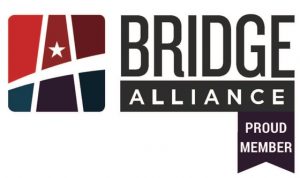E-Congress
YLI Home
The budget has two large spending categories, mandatory and discretionary. Mandatory spending is required by law on specific programs. After those programs are paid for, the president and Congress may use the remaining money for discretionary spending on programs they choose. Each year, roughly 30 percent of the federal budget is in discretionary spending.
Examples of mandatory and discretionary spending are below.
- The largest federal program is Social Security, which provides benefits to over 69 million retired and disabled workers and their families. It accounts for about 23 percent of all federal spending and is required by law, so it is mandatory.
- Medicare provides health care coverage for over 62 million elderly and disabled Americans. Medicare accounts for an ever-growing share of spending, mostly because the number of Americans over the age of 65 is increasing. Medicare is mandatory.
- Medicaid is also mandatory and provides health care services to over 82 million Americans, including the poor, people with disabilities, and senior citizens in nursing homes. Unlike Medicare, Medicaid is paid for partly by the states.
- National defense discretionary spending was $714 billion in 2020, comprising 49% of discretionary spending.
- Non-defense discretionary spending includes a wide array of programs such as education, training, science, technology, housing, transportation, and foreign aid.
